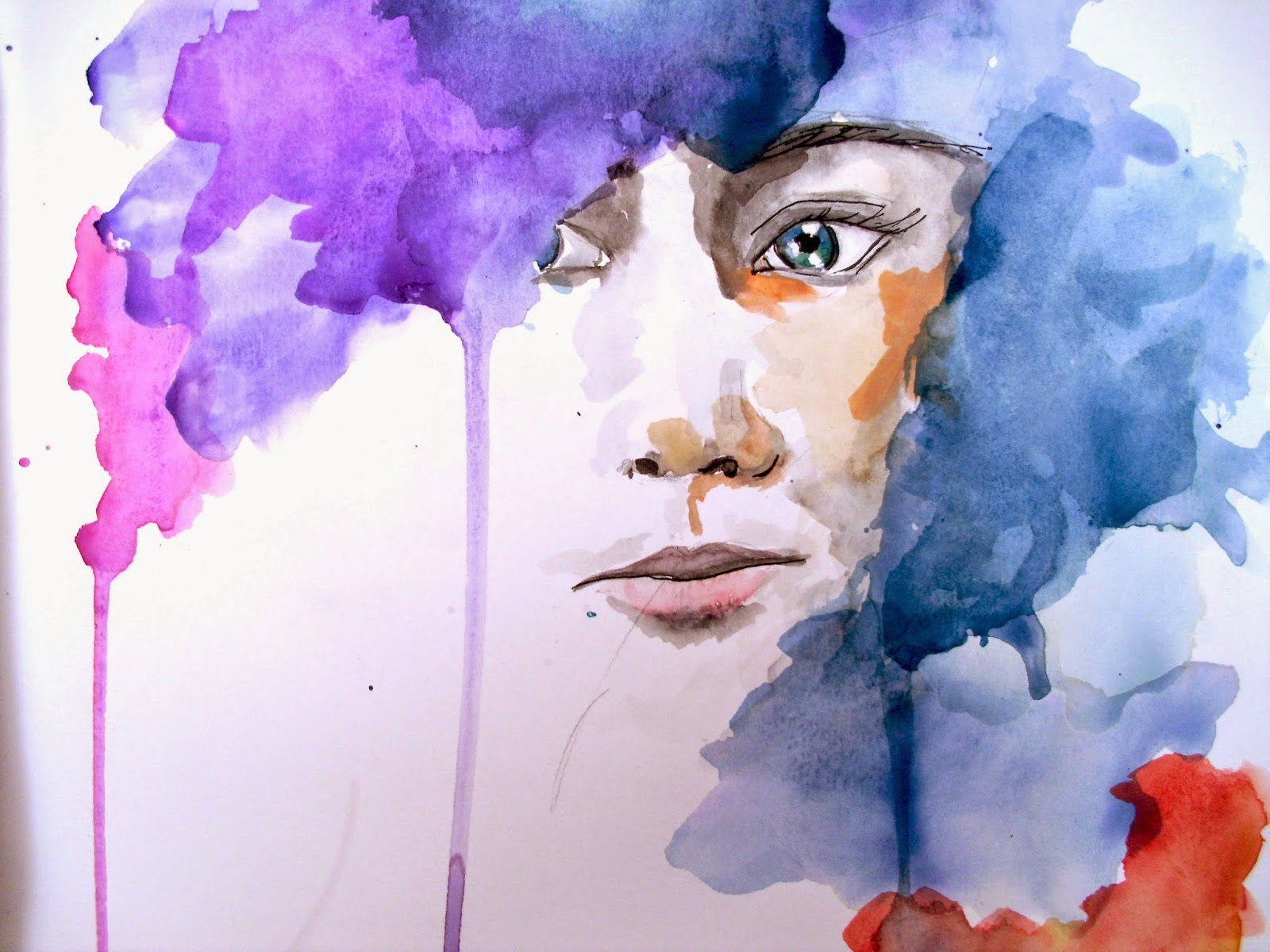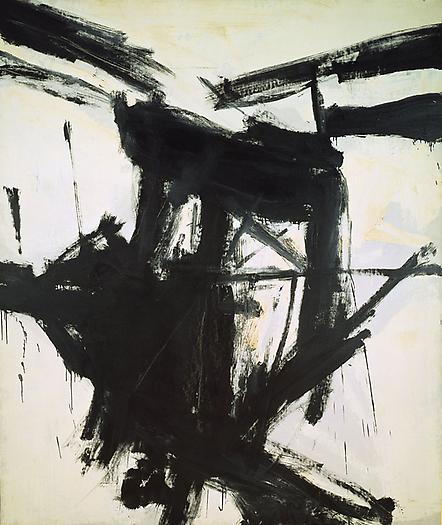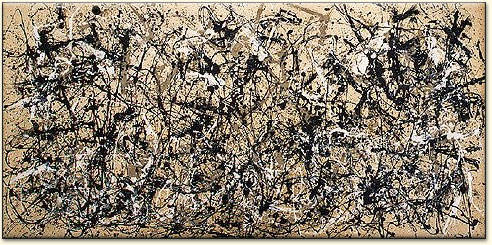Drawing Project Statement Joanna
Webster
For this project, I wanted to think of
a way to visually communicate the things we are missing while
absorbed in a world of technology and looking at the world through a
screen.
One of the best quotes I have seen on
the internet that sums up what I believe is,
“We’re
living in an era where capturing moments using our phones is more
important than actually living these moments with whoever is beside
us.” - Source
Unknown
The
whole idea for this project struck me while in a situation surrounded
by people and nobody was talking. Every single person around me was
looking at a mobile phone, messaging other people or browsing social
networks rather than interacting with the people sitting right next
to them.
I,
myself have been a culprit of this but since this realisation I began
picking up on other situations where this happened. Whether it was at
a gig or out in a restaurant people are more focused on keeping up to
date with social networking and taking photographs, looking through a
lens than actually being consciously aware of the people around
themselves.
One
of the main things that I studied while working on this project is
the philosophical study of phenomenology. To describe this basically,
phenomenology is the study of the structures of consciousness and
experiences.
I
began by making observational sketches of people and things around us
that I either knew or didn't know and just happened to be near on the
train or at a station. Most of these people were alone or in small
groups. During the time I was sketching the people I didn't know I
found that I would consider who these people were and what
their lives were like. In this day and age, unfortunately people
would rather not interact and be left alone than socialise with
a complete stranger.
The
final outcome is a collection of snapshots of people in social
situations and the things we don't really think about because we are
too busy on our mobile phones to notice that we are surrounded by
people. They are small line drawings created on the go but as a
collection build up as a piece that shows all the peoples lives that
we are apparently too busy engaged with a screen to interact with.
When the screen is taken away we are forced back into consciousness
and awareness and thats when we start to notice these things.
Artists
I have looked at include David Hockney, I looked at his line drawings
and decided to use a similar style as it was efficient to quickly
draw things while I was standing or sitting in a fast paced
environment,
Overall,
i'd like to think that my project is a rebellion against the
technological world and removed the screen to pick up a pen and paper
and become consciously aware of my surroundings and appreciated what
is around me. I have shown this through small sketches that make up a
collection of unknown faces that make people wonder who they are. I
think that given more time and travelling around frequently, this
could grow into a larger piece of collected snapshots of life around
us.




















































